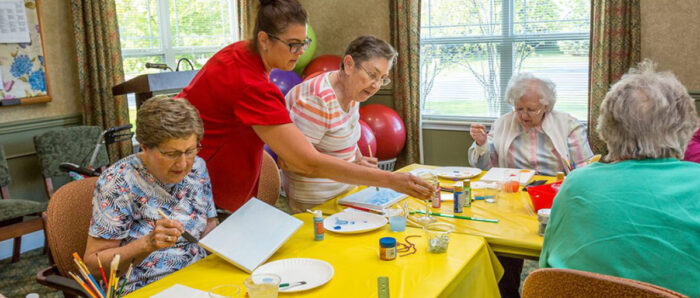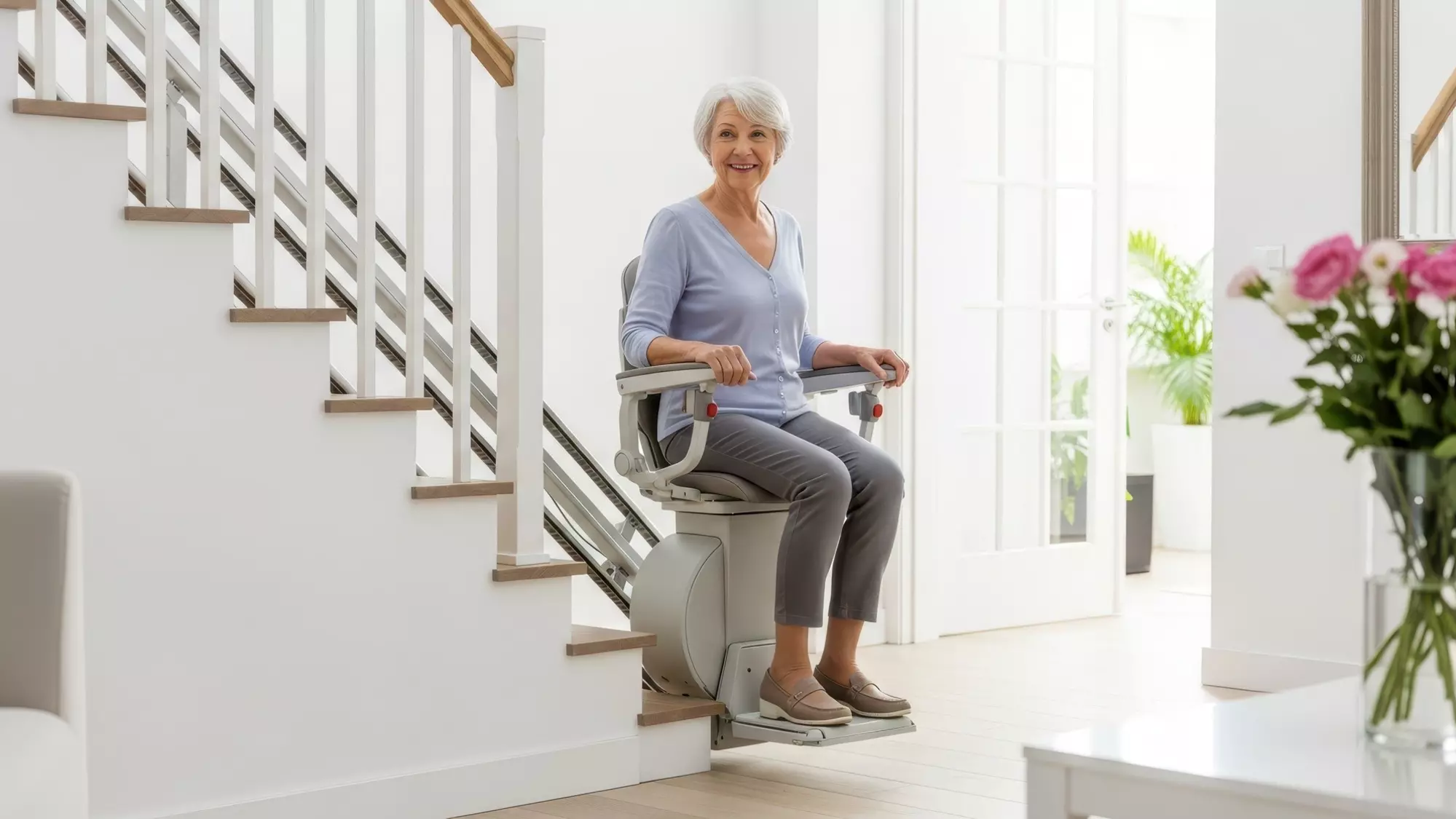While maybe not something you routinely think about, having good circulation is a key component of health as we age, as it’s the result of other beneficial health factors such as maintaining a healthy weight.
The circulatory system is made up of muscles (including the heart) and miles of blood vessels that transport blood to all areas of the body. When circulation is poor, your body’s cells are not getting the nutrients and oxygen they need to function at an optimal level. Poor circulation can have many negative health impacts that range from pain and discomfort to fatigue and memory loss.
When it comes to circulation, the good news is that there are many steps you can take to ensure your blood is pumping as it should. Here are four tips for improving senior circulation problems.
Drink Water
When in doubt, drink water. From warding off headaches to keeping joints properly supported, the health benefits of consuming the recommended amount of water each day are endless. For supporting circulation, water allows blood to more easily move throughout the body and helps muscles work more efficiently.
Tip: In addition to water, both green and black tea have been shown to promote blood vessel and cardiovascular health and help with proper circulation in the body.
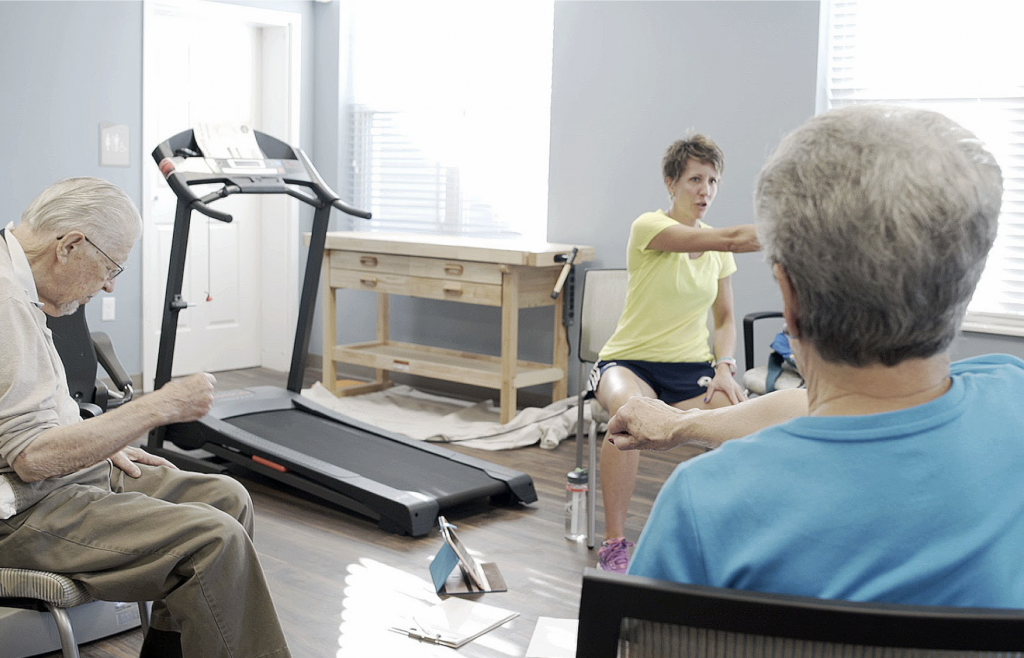
Exercise Regularly
Like water, exercise is a core factor of overall health and wellness. Aerobic exercise forces the body to take in more oxygen, which in turn promotes greater blood flow and improves the strength and function of the heart. Aerobic exercise can also keep blood pressure levels in check. Types of aerobic exercise you may consider adding into your fitness routine include:
- Walking
- Running
- Biking
- Swimming
- Pickleball
- Dancing
For a low-impact exercise that can help improve senior circulation problems, try yoga. The twisting and inverted positions found in this type of exercise help move blood throughout the body and shift it from your legs and the lower half of your body to your head and torso.
While not truly exercise, if you find yourself sitting a lot throughout the day, taking routine breaks to stand, stretch or go for a quick walk are all beneficial for mitigating circulation problems. Sitting for long periods of time has been linked to blood clots and poor circulation in the back and legs.
Other tips to avoid sitting for an extended amount of time include walking while on the phone and using a standing desk while reading or doing paperwork. If you do find you sit for the majority of the day, try setting a timer for every hour as a reminder to stand up and get some movement in.
It is always important to check with a medical professional before starting any exercise routine.
Get A Massage
Looking for a reason to justify getting a massage on a regular basis? Here are a few. Massage therapy can help to improve circulation problems in a variety of ways. First, it promotes relaxation and stress relief, which is beneficial for the health of your entire body, and especially your heart.
In addition, the pressure applied to your body during a massage increases blood flow throughout your body and, once that pressure is removed, helps new blood easily fill these previously congested areas.
Massage is also beneficial for fluid in the lymphatic system. This system aids in removing waste and toxins that build up in body tissues and massage helps to keep this fluid flowing properly throughout the body.
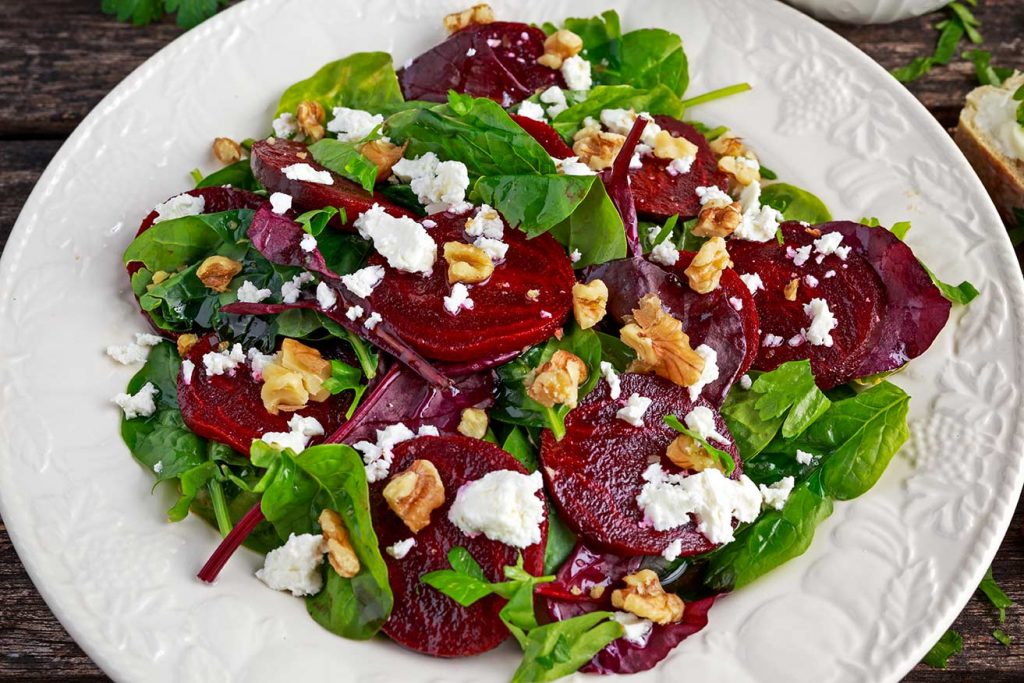
Eat Foods That Increase Blood Flow
There are a variety of foods that support a healthy circulatory system. These include:
- Cayenne pepper: The spice of cayenne comes from capsaicin, an active component of chili peppers. Research has found that capsaicin can help lower blood pressure, improve blood vessel strength, increase circulation and more.
- Beets: Beets are high in nitrate, which the body converts into nitric oxide. Nitric oxide helps to relax blood vessels and improve blood flow to tissues and organs.
- Berries: Fruits are key to any healthy diet and berries, in particular, can help improve circulatory issues thanks to their antioxidants (and one antioxidant in particular, anthocyanin, that keeps arteries from stiffening).
- Fatty fish: The heart-healthy benefits of fatty fish, like salmon, trout and halibut, aren’t a secret. Rich in omega-3 fatty acids, this food type also helps keep blood pressure low, prevents the clogging of arteries and more.
- Pomegranate: This sweet fruit is packed with antioxidants and nitrates to help with circulation.
- Garlic: Garlic has sulfur compounds that help relax blood vessels, support efficient blood flow and lower blood pressure.
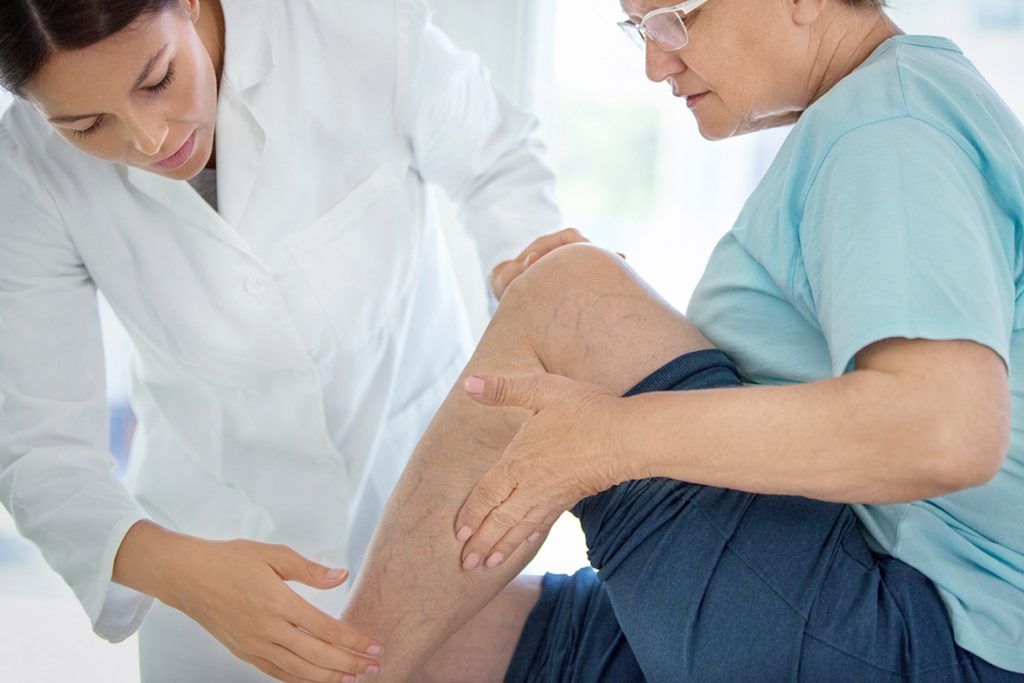
Signs Of Poor Circulation In Seniors
Because of the importance of your circulatory system in delivering the necessary nutrients, oxygen and blood to all areas of your body, it’s important to identify some of the common signs that could indicate you’re experiencing poor circulation.
- Numbness and tingling in the extremities (fingers, arms, hands, legs, feet or toes)
- Extremities that often feel cold
- Swelling in the feet, ankles and legs
- Cramping in the muscles or joints
- Blue-ish discoloration of certain areas of the body including the lips, nose, ears, hands and feet
- Pain in the arms, legs or feet
In addition to being aware of any signs that could indicate poor circulation, maintaining a healthy weight, not smoking, reducing stress and eating a healthy, balanced diet are all additional measures you can take to improve your circulation. If you are experiencing any of the above symptoms or have noticed a change in your baseline health state, contact your medical professional.
StoryPoint Is Here For You
At StoryPoint, our team provides each resident with personalized care. We also partner with your health care providers to make sure you always receive the most integrated, comprehensive care. Call us today at 1-855-407-8679 to learn more.






